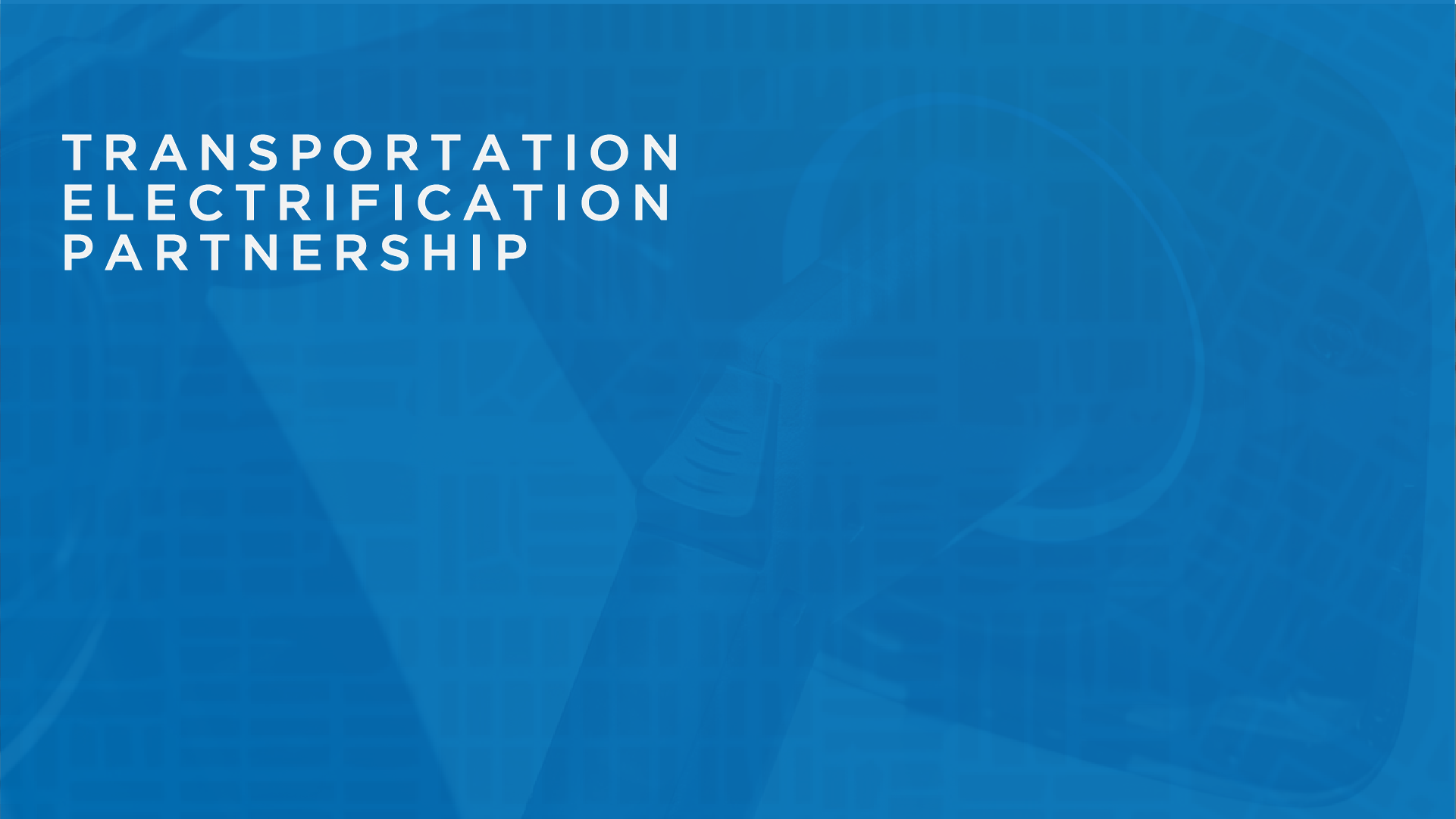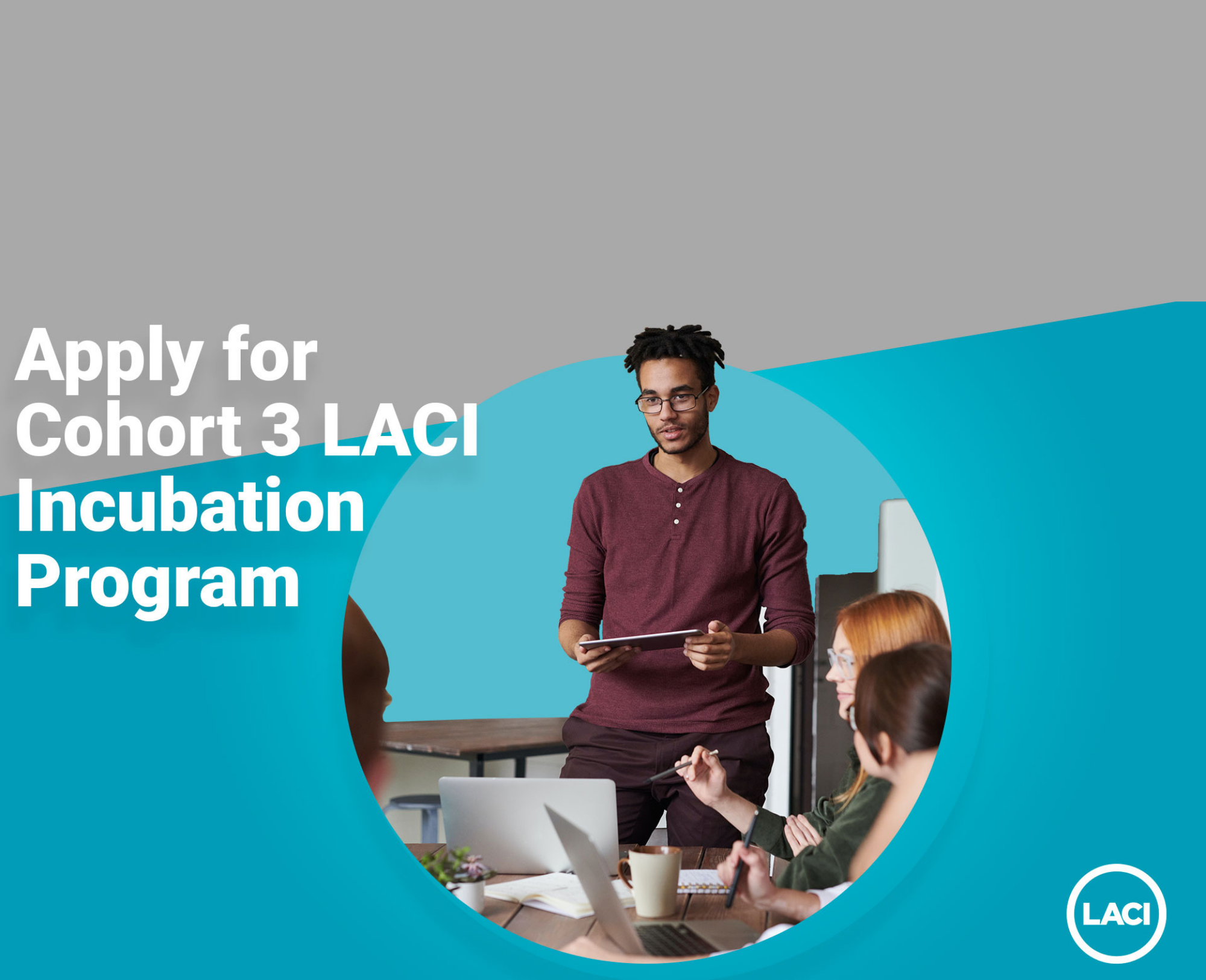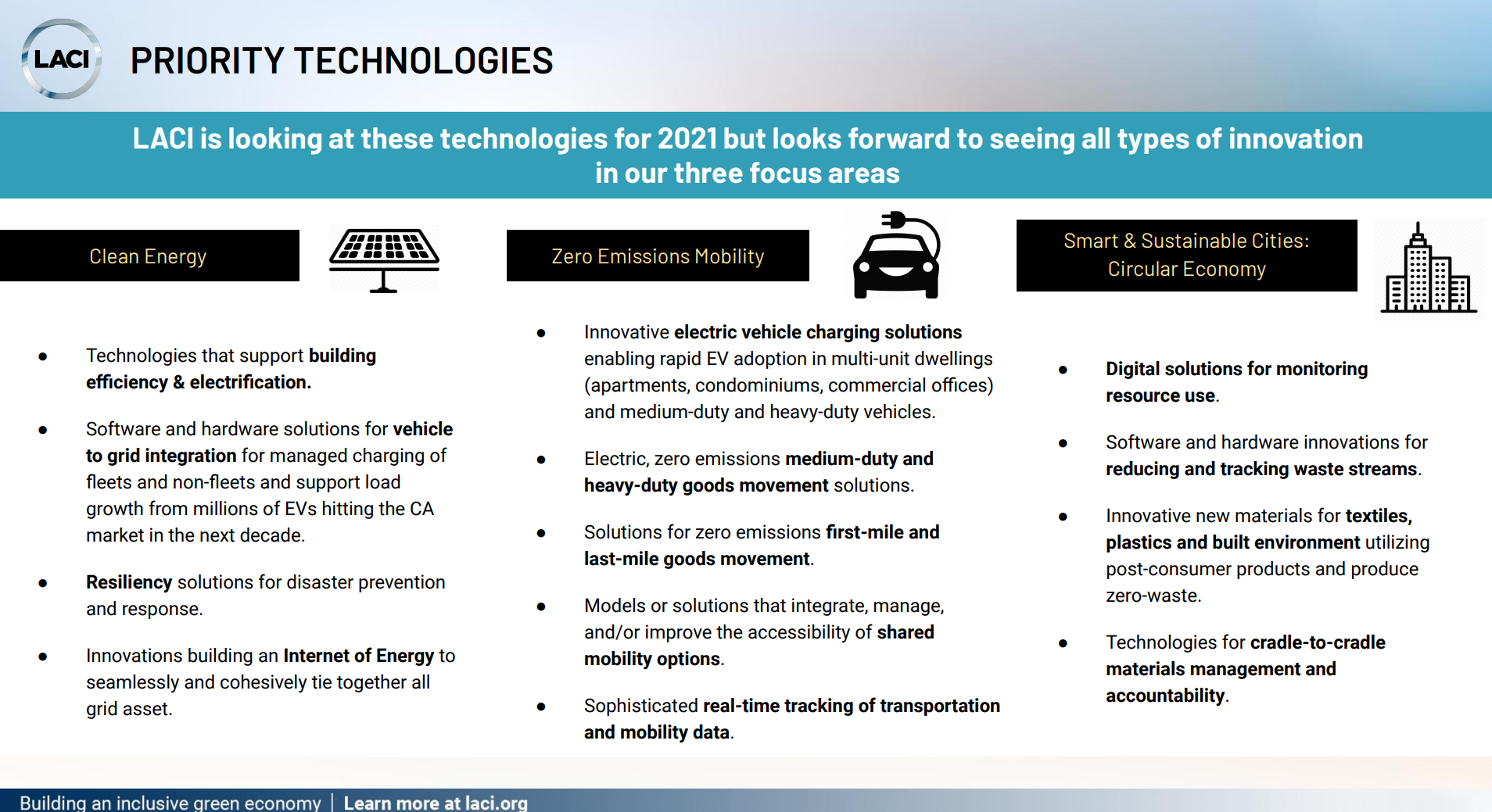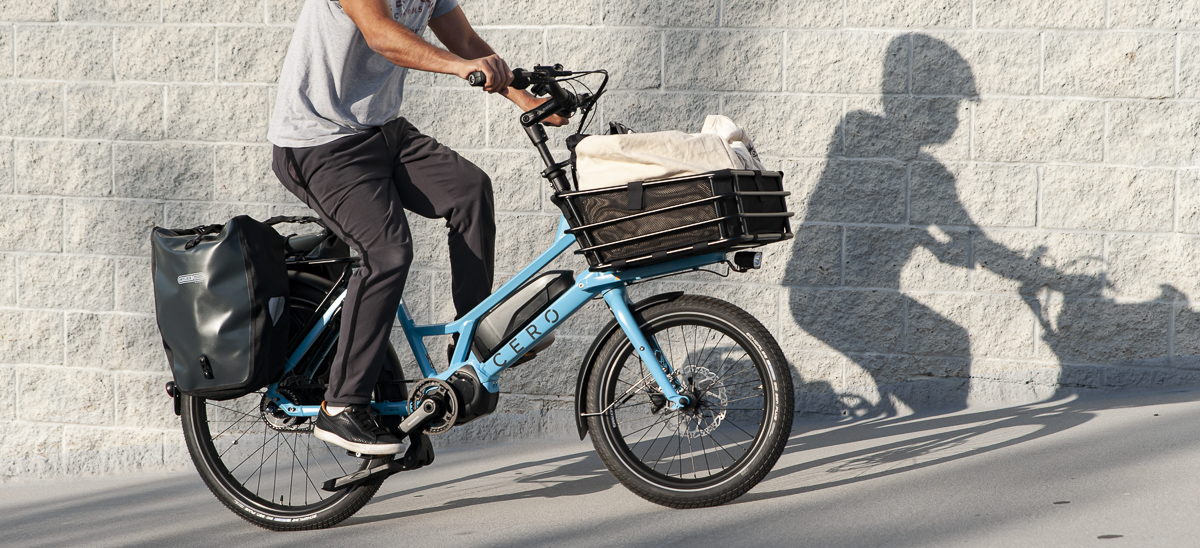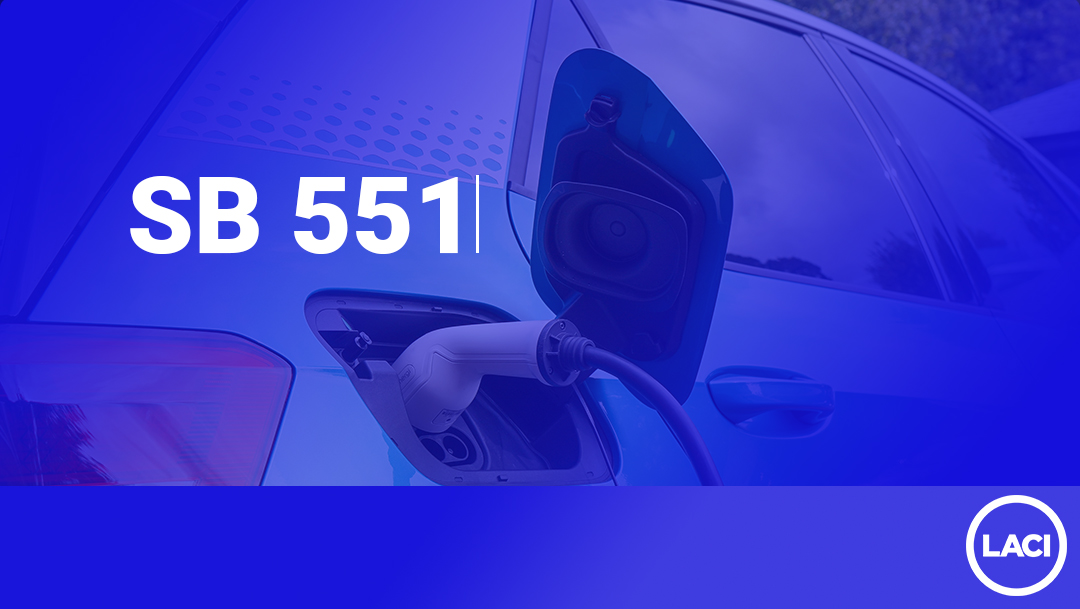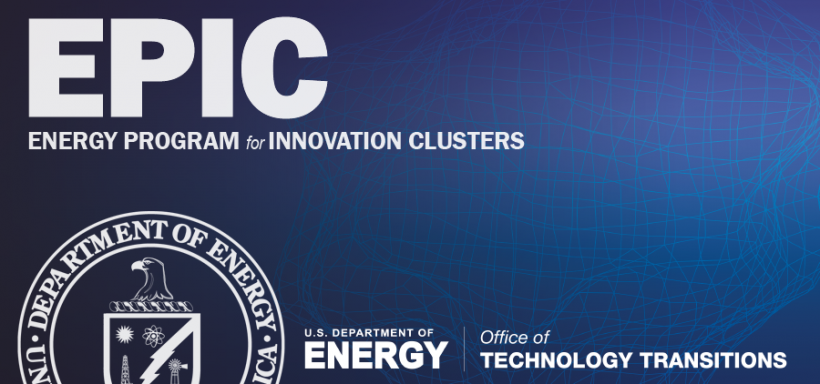
Energy Program for Innovation Clusters Strengthens Innovation Ecosystem Development in Ten Regions Around the United States
WASHINGTON, D.C. — The U.S. Department of Energy (DOE) today awarded Energy Program for Innovation Clusters (EPIC) funding to ten incubators and accelerators that will harness regional ingenuity and resources, develop pipelines for energy technology to reach the market, and stimulate the formation of new businesses to reach the Biden-Harris Administration’s goal of a net-zero carbon economy by 2050.
“The clean energy market is growing at a breakneck pace, and America’s innovators need the tools to keep up on a competitive global stage,” said Secretary of Energy Jennifer M. Granholm. “This funding fills a critical need for targeted financial support to incubators and accelerators that provide opportunity for aspiring energy entrepreneurs looking to fight climate change, create jobs, and empower underserved communities.”
This funding announcement is the second of a two-part program created by DOE’s Office of Technology Transitions (OTT)—in collaboration with DOE’s Building Technologies Office, the Arctic Energy Office, and the Office of Electricity—to support robust energy innovation ecosystems and stimulate energy hardware development in regions across the United States. Previously, DOE awarded $1 million to 20 incubators and accelerators across the nation.
“I was proud to support the Midwest Regional Innovation Partnership and its partners’ request for this Department of Energy grant, which has the potential to grow the innovation ecosystem in the Midwest,” said U.S. Senator Dick Durbin. “This federal funding will increase the rate of technology commercialization in the region and help companies create more high-tech domestic jobs.”
“I’m thrilled to see the Department of Energy announce $9.5 million to support clean energy innovation and commercialization. This funding will bring together researchers, innovators, investors, and adopters from across the energy innovation ecosystem to act as a catalyst for the development, commercialization, and transfer of energy technologies. I fully support strengthening the portfolio of technologies we are researching, enhancing their commercialization, and pursuing every opportunity to advance the United States’ competitive advantages, and I will continue to push for investments in these much-needed technologies of the future,” said U.S. Senator Joe Manchin, Chairman of the Senate Energy and Natural Resources Committee.
“Los Angeles has long been known as America’s innovation hub and an emerging leader in technology and clean energy. Today’s announcement is both welcome news for the Los Angeles Cleantech Incubator and the City of Los Angeles as this $1 million award from the U.S. Department of Energy will help encourage the growth of new clean-tech jobs in California’s 34th Congressional District and beyond,” said U.S. Representative Jimmy Gomez. [Read the full press release.]
Today’s funding awards allocate approximately $9.5 million across ten organizations:
- Los Angeles Cleantech Incubator (LACI) (Los Angeles, CA) – Leveraging a Southern California Energy Innovation Cluster to Pilot & Validate Emerging Energy Technologies (Award Amount: $1,000,000). LACI aims to scale the impact of its incubation program and accelerate the momentum of early-stage companies toward investment and customer-paid commercial deployments of their emerging clean energy technologies through startup pilots designed with input from stakeholders across the clean energy ecosystem within the Los Angeles County/greater Southern California region.
- New Energy Nexus (New York City, NY) – The Clean Fight: Bringing NY’s Best (Award Amount: $992,970). New Energy Nexus NY’s project will create a statewide energy storage hardware innovation cluster to accelerate New York’s energy storage manufacturing industry, positioning it as a U.S. hub for energy storage innovation, research, development, and manufacturing.
- Clean Energy Trust (Chicago, IL) – Midwest Regional Innovation Partnership (MRIP) (Award Amount: $909,411). MRIP will enable Midwest energy hardware and related technology startups to scale, attract capital, create jobs, and drive economic development in the Midwest. MRIP will launch three new accelerator programs, which will benefit from MRIP partners’ collective expertise, resources, and reach.
- Regents of New Mexico State University (Las Cruces, NM) – New Mexico Clean Energy Resilience and Growth (NM CERG) Cluster (Award Amount: $1,000,000). NM CERG will work with regional stakeholders to pivot current and create new programming for an idea-to-business pipeline for startups commercializing clean energy technologies.
- Syracuse University (Syracuse, NY) – Energy Program Innovation Cluster for Equity and Health in Grid-interactive Efficient Buildings (EPIC GEB) (Award Amount: $750,000). Syracuse’s project will fertilize the regional ecosystem of companies making energy hardware and related products required to achieve next-generation Grid-interactive Efficient Buildings. The project will emphasize products for the building sector of the economy, which takes advantage of the region’s long history of successful businesses in this sector. Following DOE’s Equity in Energy Initiative, ventures and companies will learn about the positive outcomes that can be achieved through development, design, and construction of hardware through an equity lens.
- United States Research Impact Alliance (USRIA) (Morgantown, WV) – IMPACT Accelerator (Award Amount: $1,000,000). USRIA’s IMPACT Accelerator will identify and mature federally funded technologies that have the potential to solve a targeted set of challenges for the energy and manufacturing industries. The IMPACT acceleration process operates with a “market-pull” orientation and more deeply engages with industry stakeholders on the targeted issues.
- Launch Alaska (Anchorage, AK) – Launch Alaska Transportation and Energy Accelerator (LATEA) (Award Amount: $882,999). Launch Alaska will stimulate energy and related hardware technology development and rapidly expand the growing cluster of innovative companies developing and deploying energy solutions in Alaska. The project will enhance Launch Alaska’s resilience and operational sustainability, leading to greater development of transportation and energy-related hardware technologies in Alaska.
- Colorado State University (Fort Collins, CO) – Colorado Energy Innovation Collaborative (CEIC) (Award Amount: $1,000,000). Colorado State University’s project will create an energy hardtech accelerator that will support two cohorts of up to 20 founders. The proposed Rockies/Plains Energy Accelerator for Commercializing Hardtech (REACH) is tailored to the specific needs of the Rocky Mountains Great Plains region – an area spanning over 40% of the Lower Continental United States that produces 25% of the nation’s energy.
- E4 Carolinas, Inc. (Charlotte, NC) – Regional Energy Hardware Innovation Accelerator (Award Amount: $999,704). E4 Carolina’s project will identify and define the region’s energy hardware clusters and engage cluster members to support the accelerator in selectively identifying U.S. hardware-focused ventures each year, connecting ventures with advisors and resources, and building regional capacity for innovation though proof-of-concept demonstrations with prospective customers.
- VertueLab (Portland, OR) – Northwest Cleantech Innovation Network (NWCIN) (Award Amount: $999,613). VertueLab’s project will add new programs to specifically address the challenges facing new energy hardware technology start-ups. NWCIN will establish a regional entrepreneurial support system and network of resources for integrated outreach, education, and company screening, and will provide support to Oregon, Washington, Idaho and Alaska entrepreneurs and cleantech startups through four assistance programs.
Established in 2015, OTT advances the economic, energy, and national security interests of the United States by expanding the commercial impact of DOE’s research and development portfolio. OTT spearheads programs that support commercialization and fosters DOE’s strong internal and external partnerships that guide innovations from the lab to the marketplace.
###

